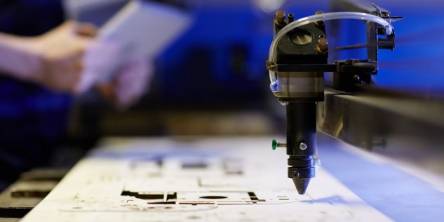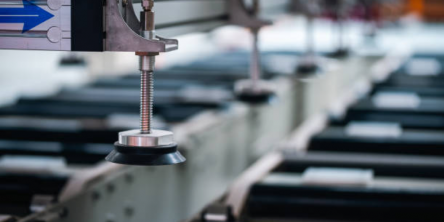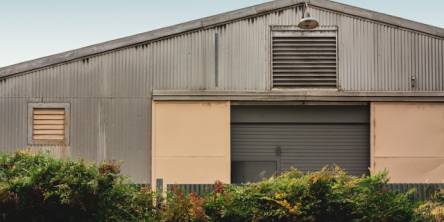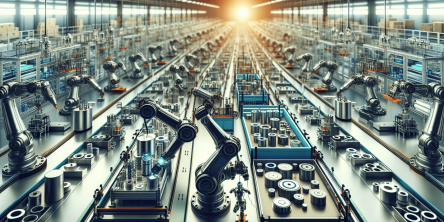The CNC Machining Process Explained: From Design to Production

CNC Machining has emerged as a vital technique in the current production process, as it provides an efficient and accurate means of manufacturing items with complex geometries. This technology is applied across aerospace, automobile, and medical devices manufacturing fields, and various other industries.
CNC machining involves control of tools and machinery by computer software which has been pre-programmed to enable high accuracy and efficiency. It reduces the possible mistakes which humans can make in a given process, as well as enhances efficiency in the production process.
What is CNC Machining?
What is CNC machining is best explained like this: it entails the usage of computer codes to drive the equipment of a manufacturing plant. With this technology, it is possible to manufacture small and intricate parts that are precise while also reducing the possibility of human influences within the manufacturing process. CNC machines can manage different categories of tools such as a lathe, mills, routers, grinders, and many others.
What is CNC Machining: Understanding the Stages of the CNC Machining Process
1. Designing the Part
An idea is the initial step. CAD (Computer-Aided Design) is a technique often used by engineers and designers to make the design of the piece they wish to construct. With the help of this software, they are able to properly gauge the different dimensions, forms and tolerances which are necessary in manufacturing. This is a very important design phase because any mistake made in the CAD file will be realized in the final product.
2. Generating the CNC Program
After making final plans, the design is then integrated and enhanced to a format that can be understood by a CAM (Computer-Aided Manufacturing) system. CAM software helps to come up with instructions which translate to the code that controls the movements of the CNC machine—in order to give the raw material the intended shape.
This is perhaps best explained under a program known as G-code, which provides detailed information on how the machine is supposed to move, what tools need to be employed and the rate at which it would be cutting the material. The G-code defines the RPM of the spindle, tool locations and directions, and which layer to work on until the part has been manufactured most accurately.
3. Preparing the CNC Machine
Once the above details have been created, the CNC machine must be prepared for production; this includes preparatory work such as setting the machine for the process set up, etc. This entails part preparation where the machine is positioned appropriately, the right cutting tools are developed and fixed, and the raw material is secured. The machine operator has an important task in this step; he/she has to ensure all the parameters and tools are set optimally in order to run the program seamlessly.
4. Executing the Machining Process
Once the machine is set and the program developed, the actual machining process is ready to start. In this stage, the CNC machine merely executes the directions contained in the G-code to organize, cut, mill, drill, or engrave the material to the right shape and size.
5. Inspection and Quality Control
Once the cycle is done, the finished part is taken out of the CNC machine and checked. This quality assurance process helps to ensure that the part is within the necessary specifications. Dimensions are recorded, and the part is inspected for flaws of any kind or structural inconsistencies. As needed, possible supplementary smoothing works, like polishing or others, may be performed here.
Conclusion
CNC machining is a unique process that combines accuracy, productivity, and multidirectional applications that has become vital in many industries. This machining process offers capabilities and features that makes it capable of getting high-quality outputs with very little human intervention, even when solving very complicated problems.
Every stage of the CNC machining process, starting from the designing phase to the final inspection, is significant in crafting accurate and complex components. In prototypes or products that require large-scale production, CNC machining can give manufacturers the conditions that are required in production.
CNC machining can be implemented in many aspects and is compatible with many types of material, including metals, plastics and composite materials. In the near future, with further development of technologies, CNC machining will develop even more, helping with even more complex applications for various industries of the world.
Similar Articles
As previously established, CO2 laser technology operates by shining a high-power infrared beam on a mixture of gas that contains carbon dioxide, nitrogen, and helium. This technology is well known for the fact that it is able to engrave onto a variety of materials such as wood, glass, plastic, leather, and even some metals with high precision and without contact.
Find out what to look for in a reliable CNC machining manufacturer, from quality assurance and advanced technology to customer service, for efficient project success.
Save on pipe relining costs with smart planning. Learn how to reduce expenses through targeted repairs, material choices, off-peak scheduling, and competitive bids.
When it comes to metalworking, the quality of your equipment can make a significant difference in the efficiency and accuracy of your projects. Among the essential tools in any metalworking shop is the sheet metal brake, which plays a crucial role in bending and shaping metal sheets
Discover the latest design trends and innovations in metal table legs, enhancing style and functionality for modern interiors.
In the dynamic nature of the industrial sector, high-efficiency gate valves play a crucial role in the flow control system. Leading valve suppliers and globe valve suppliers are always engaged in the development of this technology to enhance the efficiency of the equipment.
When it comes to constructing a metal building, whether it's for industrial, commercial, or residential use, choosing the right metal building company is crucial. Metal buildings offer durability, flexibility, and efficiency, but only if they are designed and constructed correctly.
Discover how ERP systems streamline procurement in manufacturing, enhancing efficiency, reducing costs, and improving supplier management.
In today's fast-paced manufacturing landscape, the use of high-quality bonding solutions, such as industrial adhesives, has become increasingly crucial to ensure product quality, efficiency and competitiveness.









